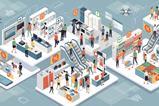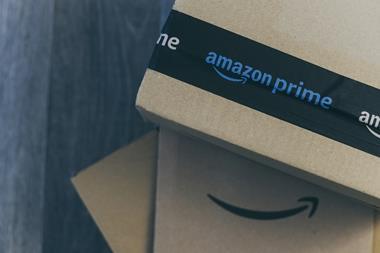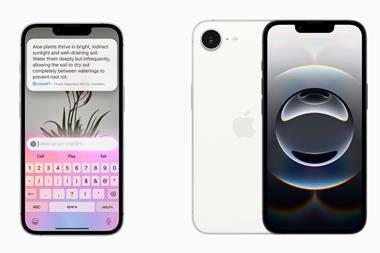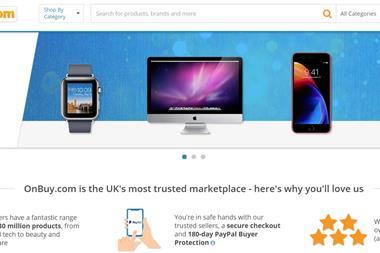Salesforce director of UK retail Chris Wood discusses the importance of technology and data in creating a seamless shopping experience across channels.
There’s an ongoing debate at the moment about the relevance of the bricks-and-mortar store. Just last month, Ipsos reported that footfall across the UK suffered a 6.6% decline.
However, it’s safe to say this is not the most accurate representation of the UK retail industry, with previously online-only retailers such as Joe Browns choosing to open bricks-and-mortar stores.
These retailers are recognising that they need to offer both an online and in-store experience, but what is most important is that the experiences across these different channels reinforce rather than compete with each other.
The next evolution of commerce is delivering a unified retail experience – a holistic shopping approach that meets customers’ needs at different points in time in a seamless way.
“Digital-savvy millennials go even further with their cross-channel shopping and almost a quarter are buying online while in bricks-and-mortar stores”
Because that’s how customers today are expecting to be able to shop. They are researching online to find the best deals and products before they make a decision to go in store.
Digital-savvy millennials go even further with their cross-channel shopping and almost a quarter are buying online while in bricks-and-mortar stores.
No matter which channel the customer decides to shop through, they want consistency. Customers really don’t care for the specifics, but want to be seen as one shopper no matter where they interact with your brand.
Achieving a unified retail experience
The competition for attention is dizzying when it comes to high street shopping and technology has a big role to play in achieving customer satisfaction.
Convenience is probably the biggest driver for online shopping and it’s a key factor in store too. One way to deliver this in store is by making smart use of mobile devices, also referred to as clienteling.
The more knowledgeable a retail associate, the more helpful they can be to customers.
Using a mobile device, associates can access individual shopper profiles, answer questions on the spot, locate out-of-stock items, and take payments and orders.
In short, by giving employees the technology to access the information they need on the shopfloor, you’re creating a convenient and unique experience for the customer.
Using data smartly can also help brands deliver effective one-to-one marketing to support the unified retail model.
Thanks to predictive analytics, brands can use insights from online and in-store shopper data to delight those same customers across all channels.
“Thanks to predictive analytics, brands can use insights from online and in-store shopper data to delight those same customers across all channels”
Looking to the future, retailers will even start personalising prices based on the customer’s interaction and service history, as well as demand, competitor activity and inventory levels.
This will allow brands to set prices automatically to respond to market changes in real time, giving customers the best offer and price.
It is in these cases – when technology helps to bring the physical and online together with a full understanding of the customer – that everyone wins.
Whether brands are speeding up in-store interactions with clienteling or delighting customers with personalisation, the customer’s experience across all interactions – service, sales, ecommerce and marketing – should be the number one focus.
Brands need to use technology not just for the sake of it, but to transform an experience into a meaningful relationship that brings together the best elements of in store and online.

Chris Wood is director of UK retail at Salesforce
Find out more about how retailers like Dune and Crabtree & Evelyn are delivering a seamless unified retail experience in the panel session, In-store vs Online: the rise of the unified retail, on Wednesday, March 7 at Retail Week Live































